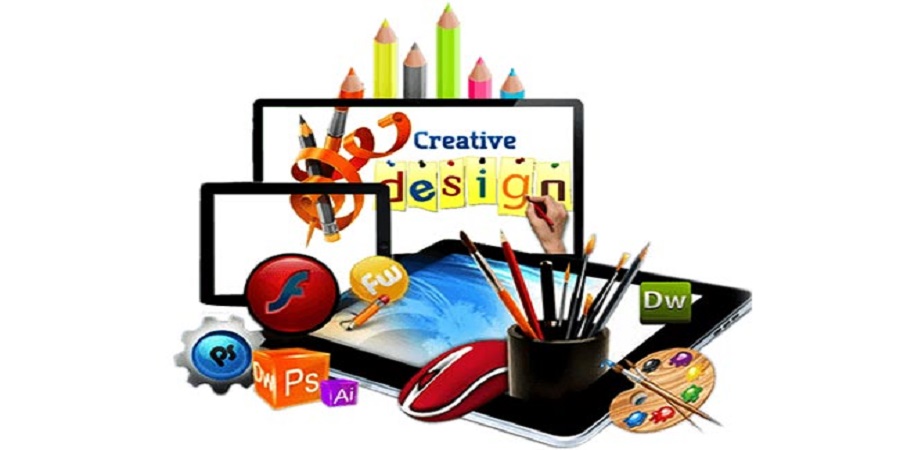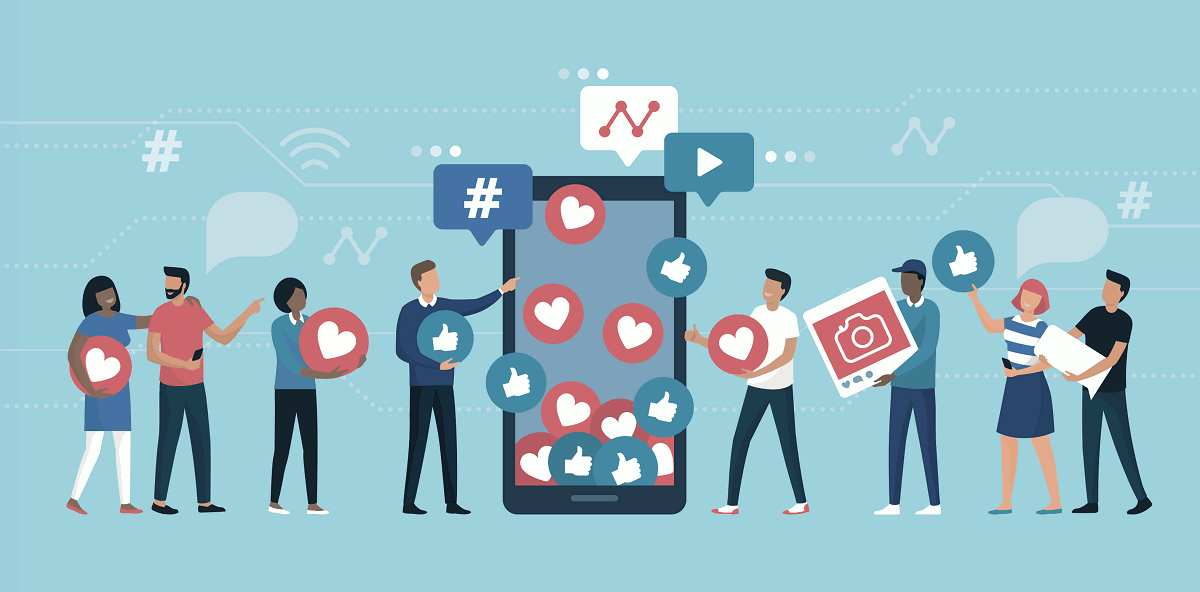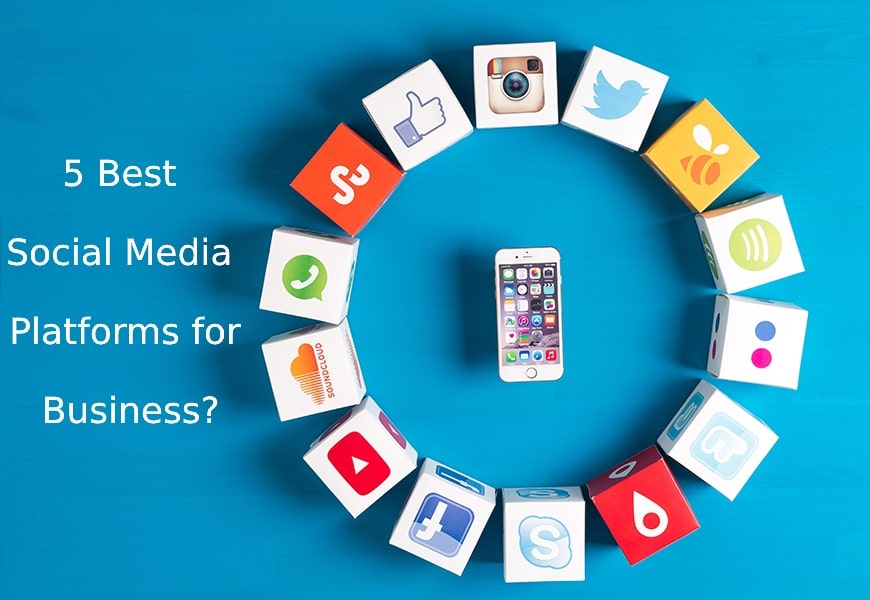Graphic design is a profession, academic discipline and applied art whose activity consists in projecting visual communications intended to transfer specific messages to some audiences, with specific aim. To achieve this objective there are some principles guiding graphic design which are as follows:
The principles of Graphic Design
Size:
Users notice larger elements more easily. Some important elements should be larger and bold to attract audience’s attention
Colour:
Bright colours typically attract more attention than muted ones. So it is advisable to apply bright colors to draw the attention of audiences to your design
Contrast:
Dramatically contrasted colours are more eye-catching. The background of the design and the colors put on a design have a great effect on the audience reaction towards a design. Bright colors should be out on a mute background why mute colors should be put on a brighter back to make it more eye catching
Alignment:
Out-of-alignment elements stand out over aligned ones. Alignment is the placement of elements on a straight line. It is an arrangement of text on an invisible line. A design without an alignment is easily notice by audiences so alignment is a very important part of Graphic Design and is a great way to make a design look attractive to bring the attention of viewers.
There are three types of alignment that is
- Left alignment: This is when text is aligned to the left of the design page
- Right alignment: This is when text is aligned at the right of the page
- Centre alignment: this is when text is placed at the center of the design area Repetition– Repeating styles can suggest content is related. Repetition is the placement of particular elements double on a design. The decorate the design as it make the design look attractive
Proximity:
This is the placement of elements on the design page. Proximity is the idea that placing similar design elements close together produces a more effective visual design. This is because the physical location of each item in the design creates a spatial relationship with other features on the page. When you bring two elements together it indicate a common relation between the two and when elements are far in show lack of relation between them
Typography:
This is the key to graphic design and it speaks volumes about a brand or an art work when used well. Typography is the way text are arrange in a design, we are talking about fonts type, font colour, font size and their spacing
Whitespace:
Whitespace is the empty space around elements on a design some Graphic Designers are afraid to of whitespace but more space around elements draws the eye of audiences towards them. Viewers are always bored when elements are parked on a design and this make them to be reluctant to read what is on the design. A good design should content only important elements with some few additional once just to attract the the viewers. Texture and Style – Richer textures stand out over flat ones.
Graphic design is fast become the best way to make money as you can work with clients from different countries. The good thing is that you can become a graphic designer even with a smartphone. If you don’t have a laptop. You can learn Graphic design without paying anything all you need to do is to click on the link to my YouTube channel check my YouTube videos and also subscribe and click the bell icon to get notified when I post new videos My channel link is https://youtube.com/channel/UCTKEAiJgfZwwKykusrbFITg
Channel name is Chris Computer Concepts.





